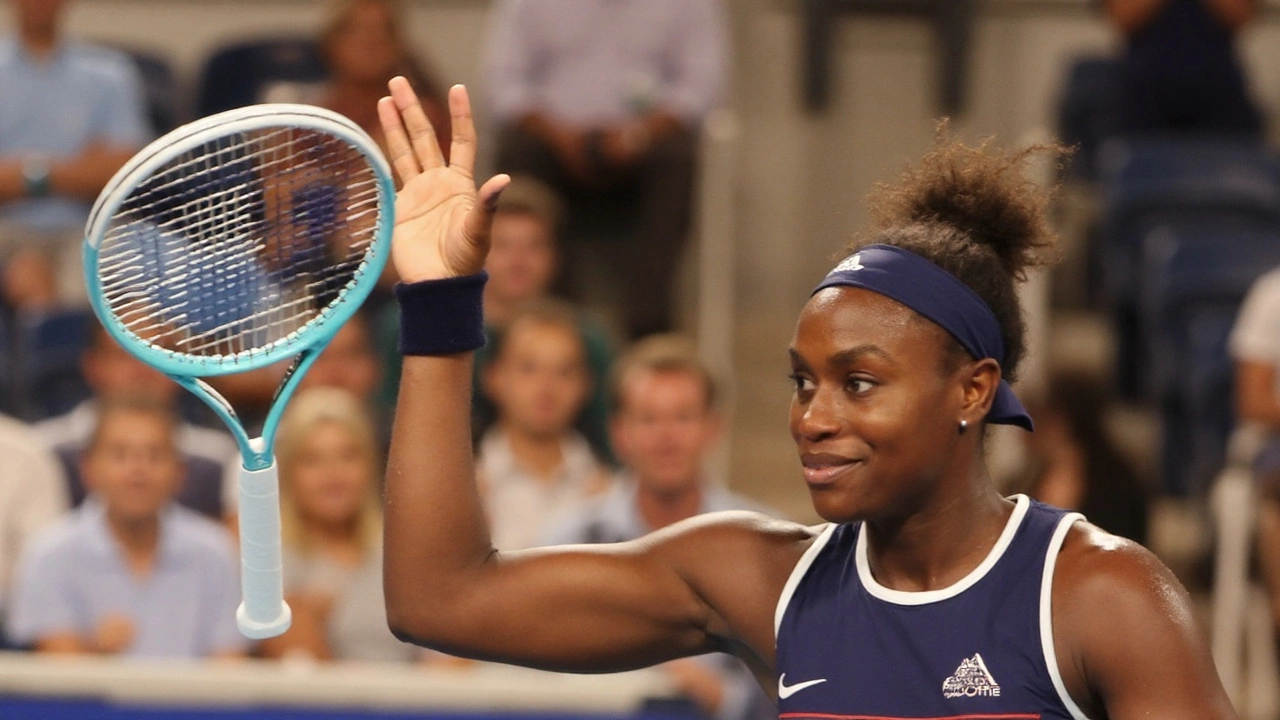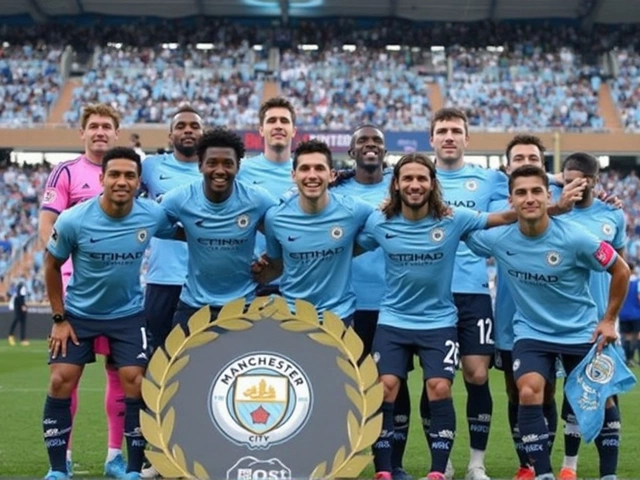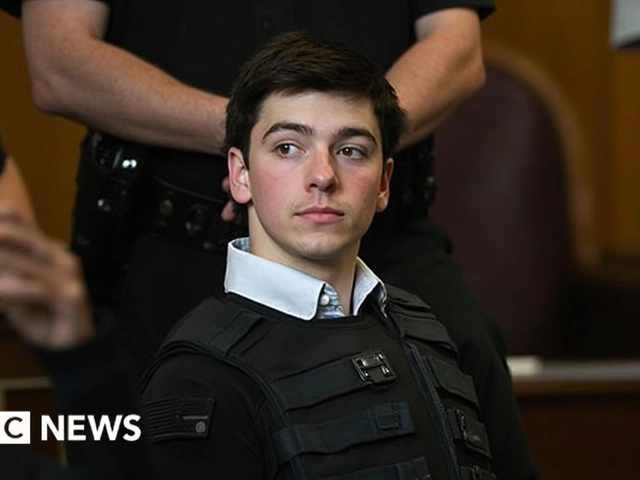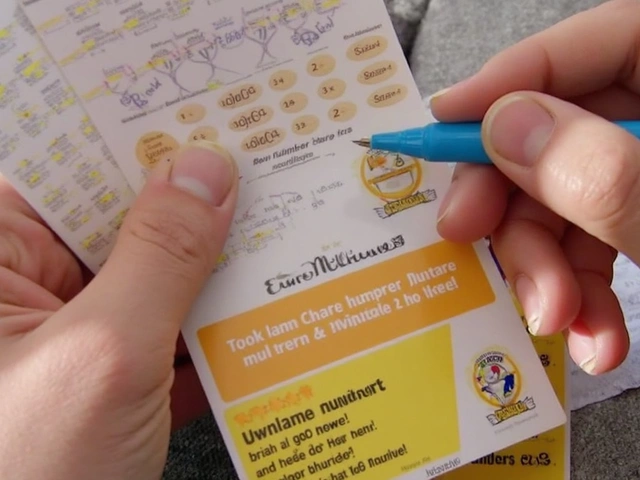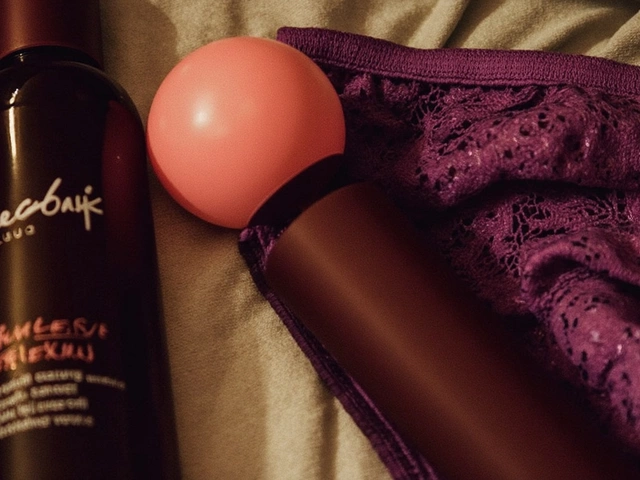Coco Gauff bets on Gavin MacMillan to fix her serve days before US Open
A sudden split days before the US Open
She leads the tour in double faults—320 in 48 matches—and made her move with the clock ticking. Coco Gauff, 21, parted ways with coach Matt Daly just days before the 2025 US Open and brought in biomechanics specialist Gavin MacMillan, the same "serve doctor" who helped Aryna Sabalenka turn a liability into a weapon. The decision landed two months after Gauff lifted her second Grand Slam at Roland Garros, and a year after her breakout run in New York. It was abrupt, she admitted, but deliberate.
“Gavin became available, and I just felt, you know, this is the best decision for my game,” Gauff said at media day. She praised Daly—“a great coach and a great person”—yet made clear this was about direction. “I do know I needed to make a change—technical change—to it, and I don’t want to waste time continuing doing the wrong things.” Jean-Christophe Faurel, a longtime voice in her camp, remains in place as MacMillan zeroes in on the serve.
Gauff’s mindset is blunt: she’s willing to endure short-term pain for long-term growth. “I just want to get better. I’m obsessed with the process of getting better,” she said. Asked if the timing felt reckless this close to a major, she shrugged it off. “A tournament is a tournament. I hate losing regardless of where I am. If this was a 250, I would feel just as crazy to do it.”
Why now is obvious if you watched her summer. The double faults piled up at an alarming rate—nearly seven per match. In Montreal, she threw in 23 in one round and 14 in the next. In Cincinnati, the serve crisis boiled over in a quarterfinal loss to Jasmine Paolini: 16 double faults, and 62 of Paolini’s 85 points came off Gauff’s errors. The pattern wasn’t just numbers—it was scoreboard pressure, broken rhythm, and attackable second serves.
When a serve unravels, it’s rarely one problem. Toss drift can pull the shoulder open. A rushed tempo can disrupt knee drive. Fear of missing the second serve can lead to decelerating the racquet—ironically causing more misses. Patches work for a while, then fall apart under stress. Gauff sounded tired of patching. She wants the foundation rebuilt.
Enter MacMillan. In 2022, Sabalenka’s serve melted down so severely it became a case study in elite-level yips. With MacMillan, she retooled the motion, cleaned up the sequence, and rebuilt confidence one rep at a time. The payoff was massive: her first major in 2023, another surge that included the 2024 US Open, and a sustained run at No. 1 with the serve back as a hammer, not a hazard. That track record is why Gauff called.
MacMillan’s reputation is grounded in biomechanics: video analysis, sequencing, force and timing, and—crucially—simplifying the motion so it holds up under pressure. The goal isn’t a prettier serve; it’s a repeatable one. Think cleaner toss window, smoother loading through the legs and hips, and a release that doesn’t fight the body’s natural chain of movement.
Gauff doesn’t need a serve to build her entire game around—she needs one that stops getting in the way. Her first step and defense are elite. The forehand, once a target, has gotten sturdier under fire. She can turn defense into offense as well as anyone on tour. But you can’t counterpunch your way out of a double fault. Fix the serve and the rest of her tools start showing up on the biggest points again.
What changes to watch—and the risks
The work has already started. After a session with Elina Svitolina, MacMillan and Faurel focused heavily on Gauff’s service motion on the practice courts. New York will get a first look when she opens against Ajla Tomljanovic on Arthur Ashe Stadium. Tomljanovic is a disciplined returner who reads patterns well—remember, she ended Serena Williams’s run here in 2022—so the matchup will stress-test any early tweaks.
Making a technical change on the eve of a Slam is a gamble. Muscle memory fights for control under stress; old habits resurface at 4-4, 30-all. The first week can be bumpy—added double faults one day, a tighter, cleaner rhythm the next. The upside is real, though: if the new pattern sticks, it reduces panic decisions and frees up her baseline game. Gauff knows she’s trading a little stability now for a lot more later.
If you’re watching from the stands or your couch, here are a few tells that something is different:
- Toss window: Is the ball consistently out in front rather than drifting over her head or to the left?
- Tempo: Does she move through the motion in one fluid rhythm instead of a stop-start hitch?
- Leg drive: Is she loading through the hips and legs, not just arming the ball?
- Second-serve intent: Is she accelerating through contact with a clearer shape—kick or slice—rather than guiding the ball?
- Rituals between serves: Any new breathing pattern, visual cue, or pause that signals a reset when pressure spikes?
The numbers will tell their own story. A healthy target: first serves landing above 60 percent, double faults held to three or four a match, and fewer “free” points given away in clusters. Watch points won behind second serve—that stat captures more than speed; it measures how reliably she starts rallies on her terms. Even a modest lift there changes entire matches.
Conditions matter in New York, too. Ashe can be windy and loud. Night sessions are electric but tricky for toss control. Day matches can bring heat, sweat, and a slippery grip. A simplified motion is insurance against those variables. If MacMillan trims moving parts, a gust of wind or a noisy patron becomes less of a factor on the toss and release.
There’s a mental layer to all of this. Shot mechanics and confidence feed each other. Clean reps build trust; trust keeps the motion loose at 5-5. Gauff sounded ready to lean into that feedback loop. She talked about a “clear future” for her game and the idea that solving the serve could “bring everything together.” That’s not hype. For a player who already wins with defense, speed, and counterpunching, it’s leverage.
The team dynamic will be watched closely. Faurel stays on, which gives continuity in tactics and scouting while MacMillan handles the technical rebuild. That split is common in modern tennis—one coach for the long-term blueprint, another for the immediate opponent across the net. Gauff’s message about Daly was measured and respectful. This wasn’t a personality clash. It was a course correction.
The draw won’t wait. The field is stacked with aggressive returners who feast on short, tentative second serves. The math is simple: hold serve a bit more, defend a bit less, and those tight sets tilt in your favor. That’s been the difference for players like Sabalenka and Elena Rybakina over the past few seasons—their serves shrink opponents’ margins from the first ball.
From a season-planning standpoint, the timing isn’t as reckless as it feels. After New York comes a stretch with more practice pockets. If a new motion needs thousands of reps, the fall calendar gives her room to groove it without the daily churn of match play. The sooner the foundation is poured, the sooner the noise around the serve fades.
And yet the here and now still matters. Gauff returns to the building where she turned into a star in 2023. The crowd will ride every toss and cheer every ace. That energy can either tighten the arm or loosen it. If the changes stick, you’ll see it in one small thing: she’ll step to the line on a big point and want the serve, not fear it.
What will signal that this experiment is working in week one? Fewer bunches of double faults. More free points on first serve. A second serve with shape and intent that earns neutral starts instead of immediate defense. If those pieces show up, the rest of her game—foot speed, backhand, transition instincts—will take care of the rest.
Gauff framed her choice in simple terms: years over weeks. “I know where I want to see my game in the future,” she said. “I’m not going to waste time playing the way I don’t want to play.” It’s a risky bet to place five days before a Slam. But if you’re going to bet, bet on a fix that changes everything else.
